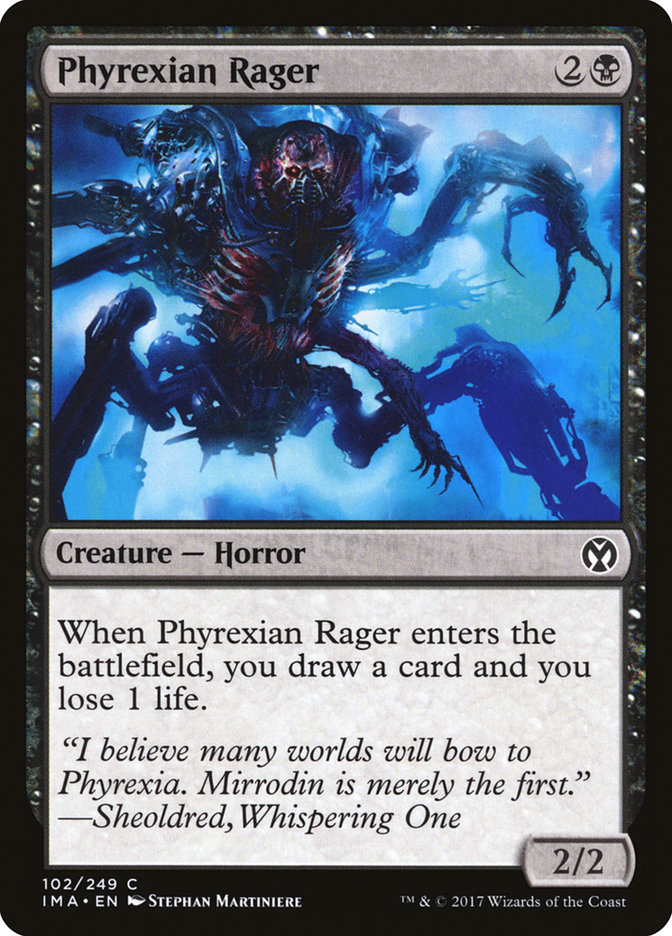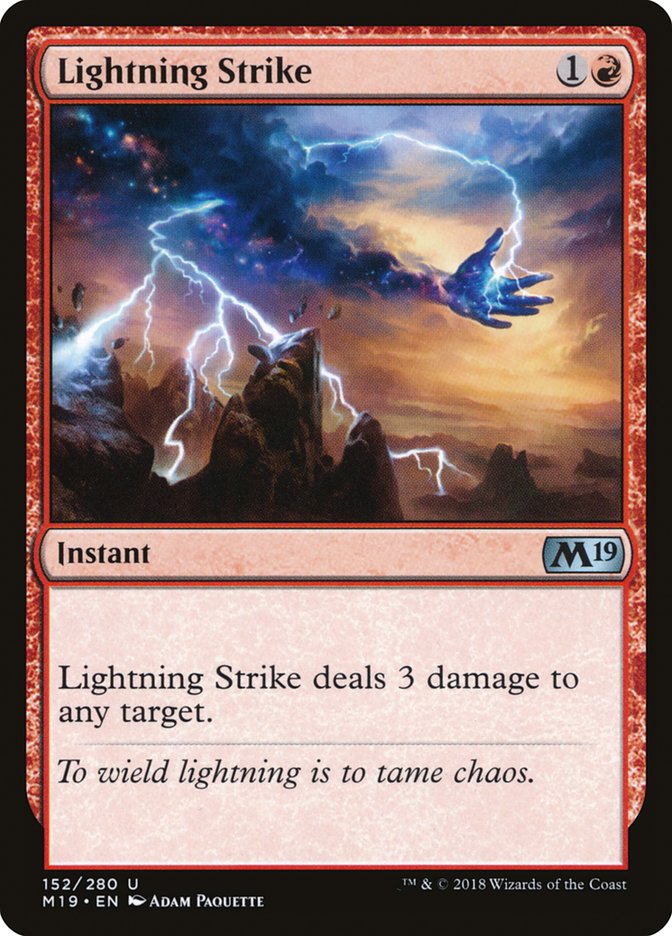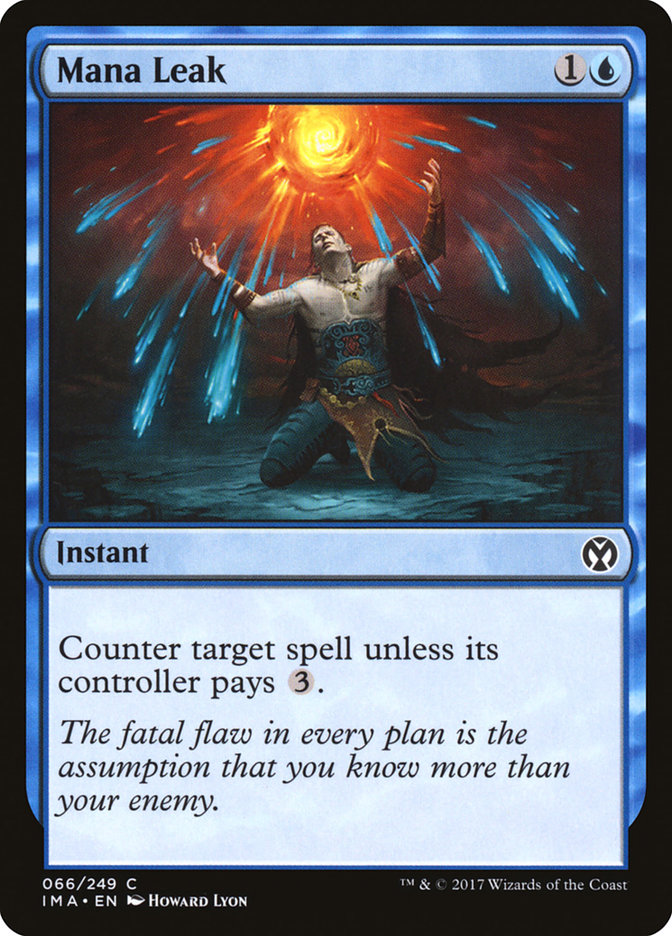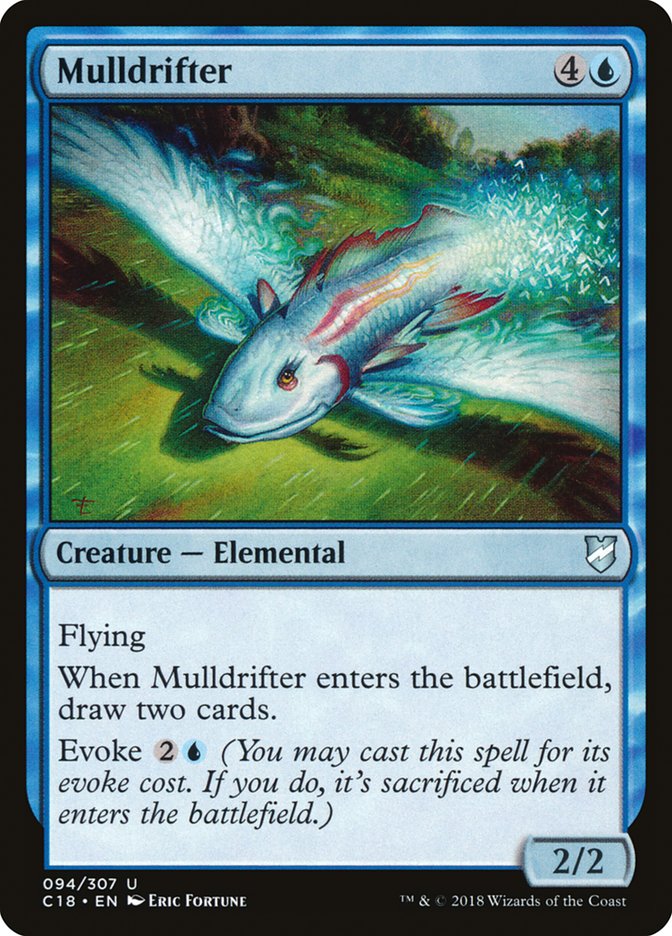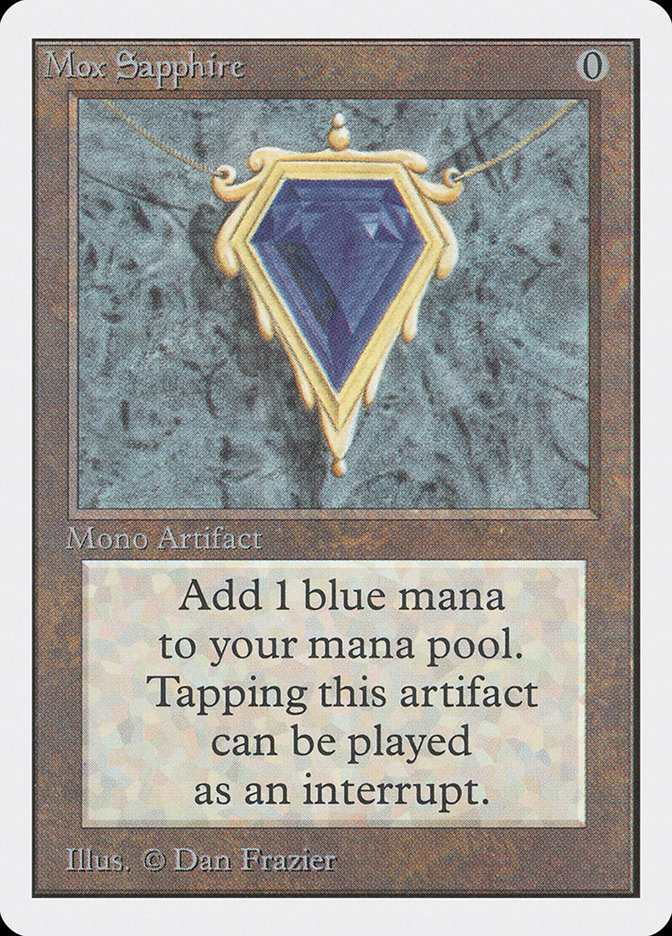This weekend I attended SCG CON Winter and had an absolute blast. Cube aficionados from around the country traveled there to attempt to qualify for the 10K Cube Draft. In fact, I’m writing this in the convention center because a close friend of mine, Zac Hill, is in the 10K Cube Draft as I write this and is in my car. In the spirit of this trip, what follows are what I believe are the simplest actionable lessons for Cube Draft.
1. Removal Is Not Premium
Doom Blade is not a good Cube card. I repeat, Doom Blade is not a good Cube card. It’s a fine card, and removal is important to have access to, but there are very few Cubes where I believe it’s correct to take the card before it wheels.
Cube is not normal Limited. Creatures have value when they enter the battlefield. For the Players’ Cube at SCG CON Winter, I believe Lightning Bolt wasn’t even a good card. It’s rare to cut the card, but it shouldn’t be taken early. It’s a fine cheap removal spell, and that’s all. In fact, I only think it’s actively good in decks like Mono-Red, where the damage to the player is relevant often. And the Lighting Strike variants I genuinely disliked.
Cheap removal is better in a more powerful Cube because the control decks no longer require creatures. The control decks in Pauper Cubes still play as many Phrexian Ragers as possible, while the control decks in a powerful Cube have access to much better forms of card advantage. Hence a cheap removal spell interacts with creatures, and even if they are value creatures, the card advantage is made up by cards like Fact or Fiction. And, in those Cubes, Fatal Push is not a high pick. Bolt is because of Mono-Red, but that’s different. Removal is a necessity, and it’s interchangeable for the most part.
2. You Don’t Need to “Be Open” When Drafting a Cube
In many of the qualifiers, I heard players discuss that the correct way to draft is always to draft what is open. I think this completely falls apart in Cube. The reason why drafting the open archetype makes sense in normal Limited is because there are only ten to fifteen archetypes. However, in Cube, there probably over 50 unique archetypes, and maybe even more! So “the open archetype” just doesn’t mean anything.
There are more “open archetypes” than there are archetypes that eight players can even draft. What this means is that drafting the same color combination as an adjacent player isn’t punishing, as there are enough sub-archetypes within those colors to provide two good decks.
3. When in Doubt, Take the Cheaper Card
While cards like Fatal Push aren’t as good as they look, it’s still important to interact for a small mana investment. Cards like Thoughtseize and Mana Leak are important cheap ways to interact that don’t trade down on resources against cards like Phyrexian Rager. And they do a wonderful job at taking apart decks of any genre.
This lesson applies to nearly any Cube. Good cards that are cheap, albeit less powerful than expensive cards, are better than those powerful counterparts. Baneslayer Angel is clunky, even though it’s powerful. The same goes for cards like Primeval Titan. The card is fantastic, but I’m taking Mana Leak and Thoughtseize over it in basically any Cube.
4. Draft a Deck, Not a Pile of Good Cards
This is true about most Limited formats, but it is exacerbated in Cube. Cube decks are somewhere between Limited and Constructed power-level. It’s important to draft a deck that has an identity, a deck that functions towards a specific goal.
A control deck can still pack Reanimate, yet not be a “reanimator deck.” The deck still functions towards the same goal but has the ability to discard a Grave Titan to Merfolk Looter, or steal a creature Thoughtseized or killed. Similarly, the Mono-Green Ramp decks don’t need to play only ramp or payoff. Cards like Courser of Kruphix and Questing Beast are still good in Mono-Green even though they are “off plan.” This is because they are good cards, and Cube is a form of Limited.
However, the general architecture of the deck must have a cohesive plan. A deck filled with random good green cards won’t play well, but a deck with many mana creatures and payoff, with good threats along the curve to facilitate a good match of Magic, is the optimal way to build “ramp.” Overall, a deck should have a plan and a lot of synergy, but there’s still room for good cards within that structure.
5. Cubes Range from Mulldrifter to Moxen
Powered Cube has cards like Mox Sapphire, Pauper Cube is filled with every “Mulldrifter” in Magic, and that sets the stage. Depending on the power-level of a Cube, what matters ranges from value to speed, and in every Cube, there will be value decks and fast decks. The most important aspect of a Cube to understand is whether you should care more about value or speed. The classic Powered Cube is all about who can kill whom fastest, while a Pauper Cube is all about value. Legacy Cube ranges between the two depending on the design.


